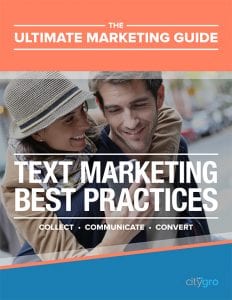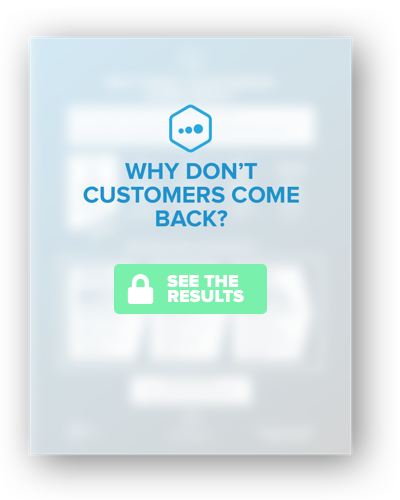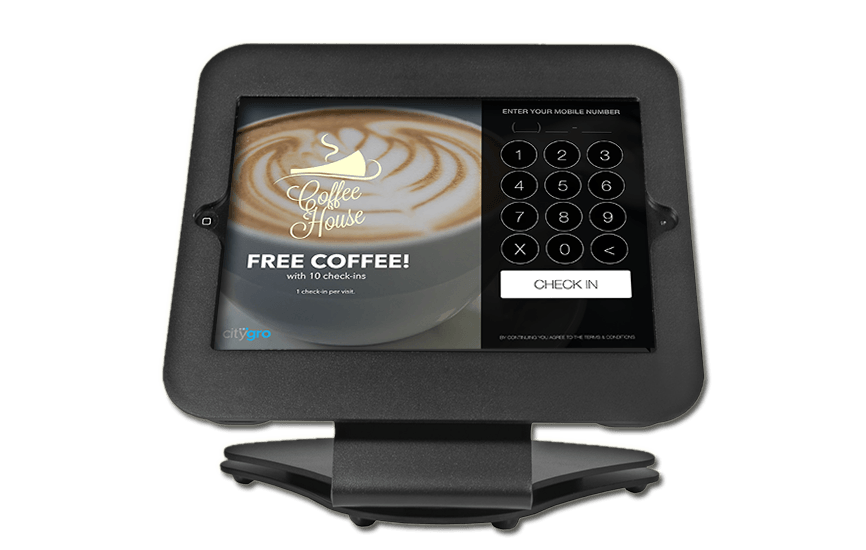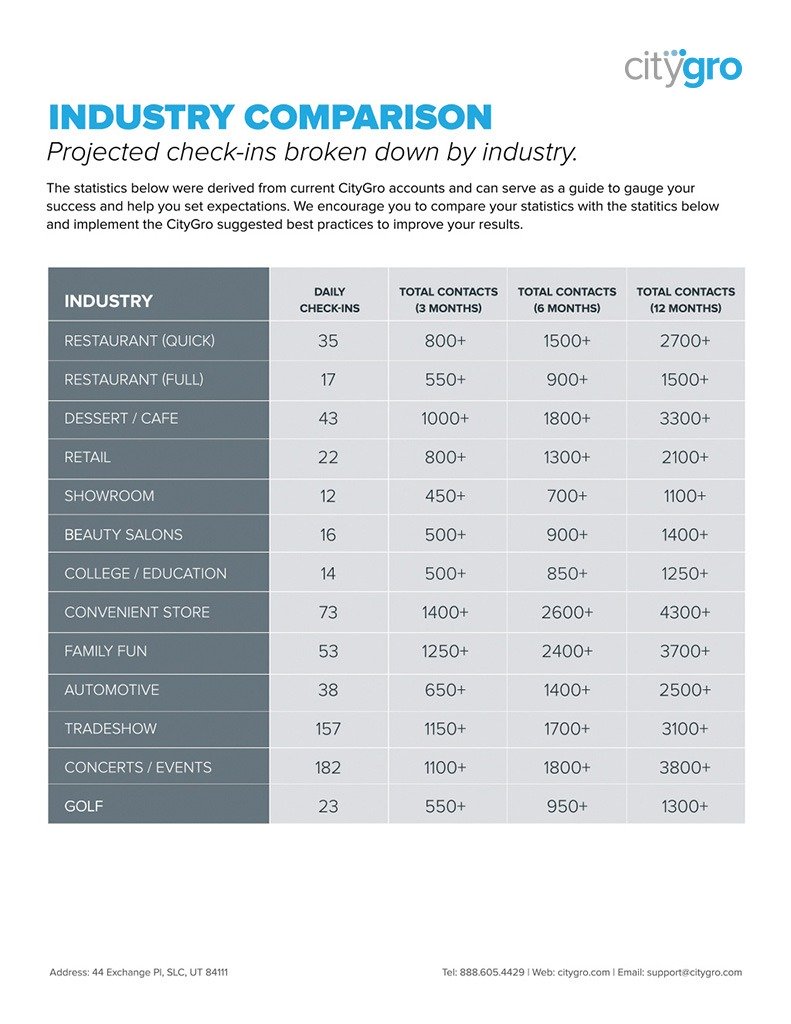7 Proven Best Practices for SMS and Email Frequency
Want to start emailing customers but are worried about sending too many? Don’t worry, you’re not alone. Questions regarding text message and email frequency are some of the most commonly asked questions I get. There is a fine line between good marketing and knowing how many text messages are too much. For most marketing directors, the fear of over-sending probably prevents you from sending a regular communication. It also may have prevented you from sending texts and emails altogether. How often should you text or email your customers? Let’s go over some SMS Marketing best practices. Here are seven key SMS and email frequency guidelines that will help you engage customers. With a good text and email marketing campaign you can start to grow your business.
SMS and Email Marketing Best Practices
#1—How often should I text or email my customers?
In an effort not to dodge the question with a “that depends on the business” excuse… we’ve found that the average business with regularly returning customers should contact their customers 2-4 times per month. More than four times per month can be overbearing. On the flip side, less than monthly may not be consistent enough to get results. However, the better answer may be, “that depends on the message,” to which point you should keep on reading.
Enter your email below to download your FREE
Text Blast – Best Practices ‘Cheat Sheet’


Download Your 1 page PDF
#2—Get consent prior to scheduling SMS and email communication.
Before we dive into the frequency and the message, we need to make sure consent is in place. It should be understood that these viewpoints are given with the assumption that your SMS and email marketing campaign was created with legitimate email and SMS marketing lists. Furthermore, these lists need to be based on clear permission and consumer consent. If you’ve done your job right, your customers will already be expecting communication. (For more information on email and SMS rules and regulations, click here: Blog: Everything You Need to Know About Text and Email Marketing Rules and Regulations.) The sooner you start communicating after collecting your customers’ data, the more likely they will be to recognize your brand. Keep your lists clean by tracking customers who subscribe, unsubscribe. Also track bad information such as bounced emails and text messages; your text and email marketing client should do this automatically.
#3—Frequency is directly related to relevance.
Next, let’s get something straight. Customers don’t hate communication, they hate spam. A relevant, timely message is often treated as a gift. An irrelevant, untimely message can do more harm than good. With that said, it’s not hard to schedule relevant, timely messages by asking a few important questions. Here are three questions to get your ideas rolling:
- Is my content providing value to my customers? Don’t get too hasty to pitch marketing propaganda without giving some down-right value to your readers. Value doesn’t always come in the form of discounts; send your customers tips, tricks, and useful items of information that associate value with your brand. Trust me, as they come to see you as a value provider they will not only welcome the emails and texts you send, they will seek out your business.
- Does my message apply to my intended recipients? There is nothing worse than receiving a promotion that is not only irrelevant but couldn’t be used if you wanted to. Make sure you consider your recipients and send messages that relate to them. If possible, segment your marketing lists according to interests and demographics so that you can send more specific promotions to more qualified recipients. If segmenting your marketing list is not an option, keep your message and offers broad.
- Is my message being sent at the right time? One easy way to schedule timely messages is by focusing on the holidays around the year. Join with your customers in celebrating holidays, birthdays, sporting events, news events, etc. Also, consider a platform that allows you to schedule messages on a time interval based on the time of each customer’s last visit. Make sure your messages are timely and your customers will be much more engaged.
#4—Let the data decide text and email frequency.
While your experience and intuition can help you schedule your email and text messages appropriately, there are other metrics that serve as useful indicators of how your customers are responding. Compare the following metrics between each of your campaigns and set your text and email frequency accordingly.
- Open Rate—This is the rate of emails or text messages that were opened compared to how many were sent. High open rates are associated with well-written subject lines and well-timed messages. It’s important to note that even the best content ever can be worthless if it goes unopened. Try sending messages at different times of the day, different days of the week, and test different subject lines to see what works best.
- Bounce Rate—This is the rate of emails or text messages that didn’t go through compared with how many were sent. High bounce rates are often associated with bad lists. As you send more emails and text messages, your bounce rate will go down as your lists get cleaned up. Send regularly and consistently to keep nice clean lists.
- Opt-out Rate—This the rate of recipients that unsubscribed by clicking “unsubscribe” in the email or replying “stop” to a text message. This will be your most important indicator of how your recipients feel about the communication you send. If recipients are unhappy with your text and email marketing campaigns, they will likely opt-out. While each campaign is different, I like to keep my opt-out rate less than 1-2%. There are certain cases when your email campaigns will likely go above this threshold, such as welcome messages or other text and email messages where the recipients have not previously received communication, so make sure to compare each campaign with other similar campaigns. If your opt-out rate goes above 2%, take a look at the message content as well as the frequency to see if you can identify what is causing the high opt-out rate. If your opt-out rate is low or non-existent, feel free to keep sending!
- Click-through Rate—This is a number of recipients that click links in your email. As a best practice, every email should include a call to action that encourages recipients to act. This may be a “purchase now” or “learn more” button. If you get a high click-through rate, it is a good indicator that your customers like what you are giving them.
#5—Different marketing channels allow for different engagement.
This little tip can really increase how much communication you can give your customers, and it is to communicate through multiple channels. For example, if you were to receive a text message from a favorite business two times per week, every week, you may feel like the business was abusing your relationship. However, if you received a text every other week, an email every-other week and saw a Facebook post go through your feed once a week, you’d be seeing the same amount of messages but would be less likely to feel you are being overloaded.
Consider the goal of the message and use the most appropriate channel. Social media, for example, is great for general awareness while text messaging can drive instant action. On the flip side, targeting customers on social media is less personal and may be considered less intrusive than text messaging. Be strategic with the channels you choose and understand the benefits of multi-channel marketing.
#6—Communicate consistently.
On average, driving customers to action takes multiple “touch points.” A touch point may be as simple as an email, text message, social media blast, or as large as a radio or media ad. Whatever the channel, it usually takes multiple messages within a given window of time to get a customer to act. With that being the case, your communication needs to be consistent. It’s like boiling water, the second you turn the heat off it starts to get cold. Sending a message or two without committing to a consistent campaign is doing all of the work to get the water hot, but never causing it to boil. If you are going to apply heat, don’t stop until it’s boiling!
#7—Actions speak louder than words.
It may be sad but it’s true—getting content out there is generally better than delaying your message until you have the perfect thing to say. I’m not suggesting that you should send out garbage, but I am trying to encourage you to stop delaying the ever-present goal to engage your customers and give it your best shot. It will get easier and you will always have another opportunity to engage with customers once the perfect message comes to mind. Feel free to reuse content with new customers by setting up drip campaigns. Keep your messages short and save both you and your readers some time. Promote value and you will find that sending text and email communication will bring some of your greatest marketing success.
#8—Find the best time to send text blasts
If you are wondering what time is the best time to send a text blast our answer is there is no magic bullet. Finding the best time for your business is going to be a process of trial and error. We found that the best practice to sending out text blasts is to experiment with different times of days until you find what works best for your business. Having good software that can track open rates and redemptions is key to your marketing success.







 Get this section from Jon. Get this section from Jon. Get this section from Jon. Get this section from Jon. Get this section from Jon. Get this section from Jon. Get this section from Jon. Get this section from Jon. Get this section from Jon.
Get this section from Jon. Get this section from Jon. Get this section from Jon. Get this section from Jon. Get this section from Jon. Get this section from Jon. Get this section from Jon. Get this section from Jon. Get this section from Jon.

